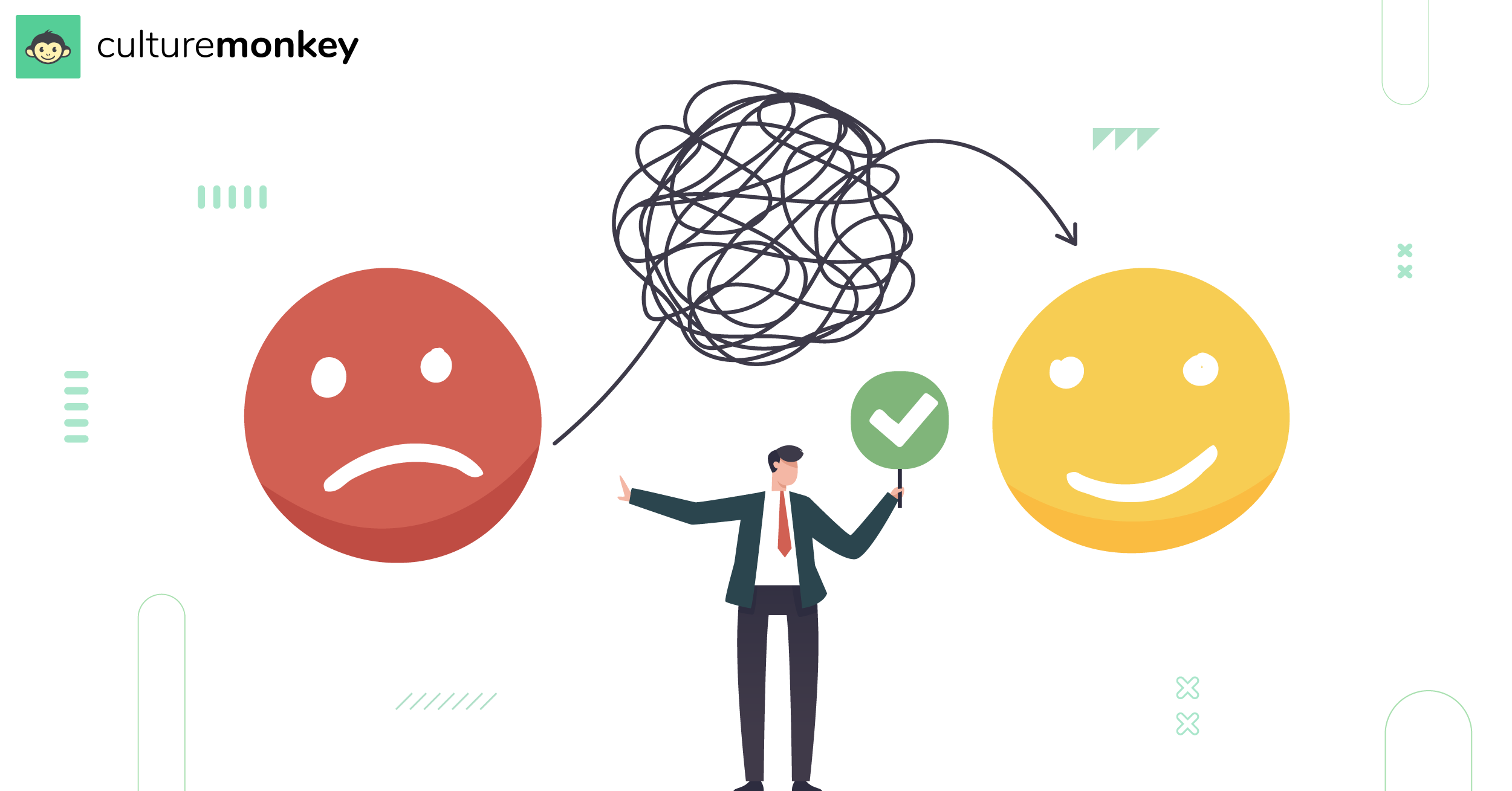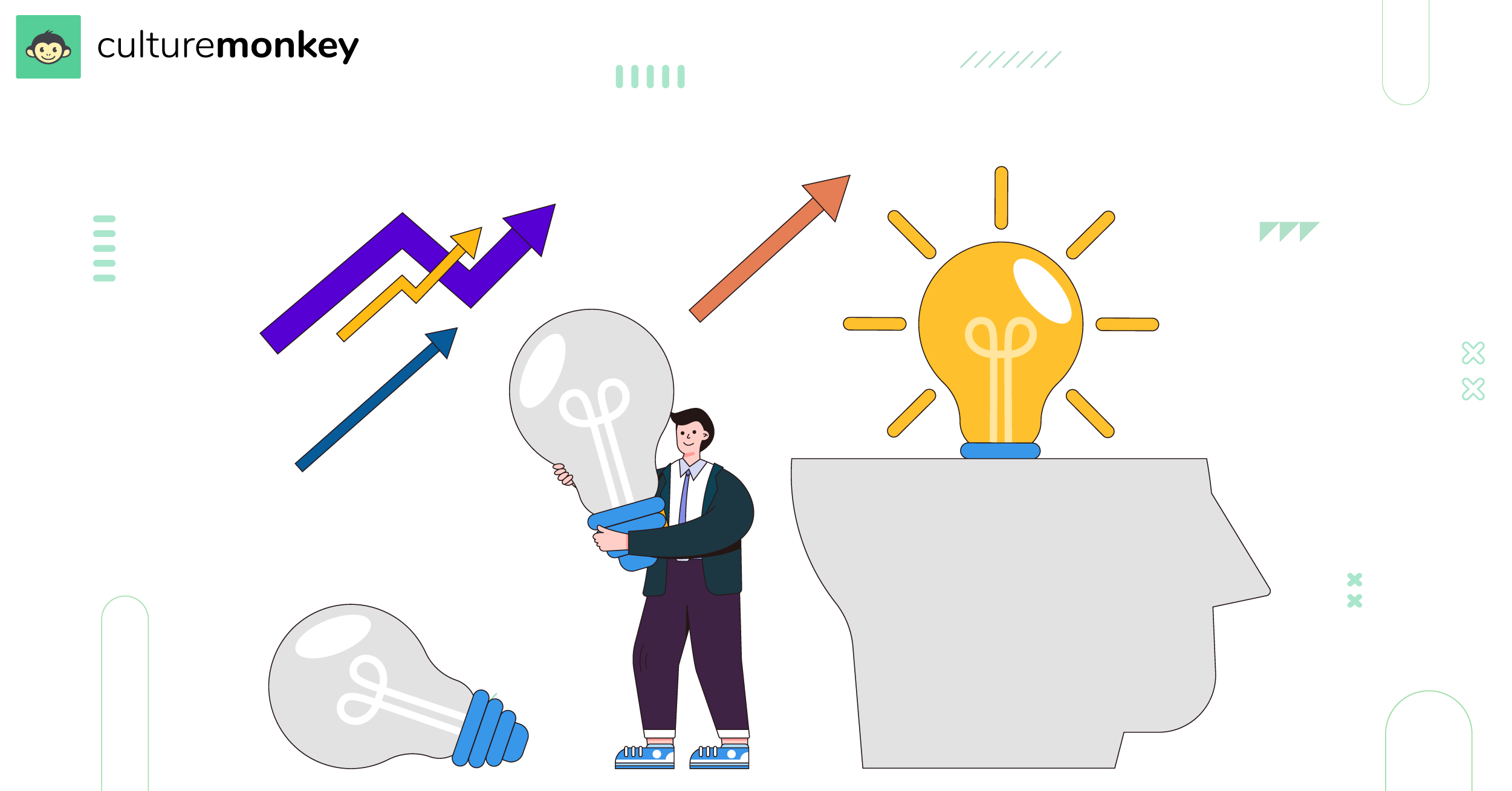5R’s to engage employees with organizational change and build a resilient company culture

About the author: Soha Chahine is an award-winning Career & Emotional Intelligence (EQ) Coach and Mentor, Trainer and a Facilitator, backed by extensive experience in HR and Recruitment Management. Besides enjoying her coaching role, Soha is inspired by many applications of Solution-Focused coaching in propelling Emotional Intelligence development and Growth Mindset.
She is an ICF NLP professional, and Team Coach certified and an EQ-I 2.0, EQ 360 and MBTI Myers-Briggs Type Indicator® (MBTI®) certified Practitioner. In addition to her ICF Certifications, Soha holds a Masters’ degree in Human Resource Management and certified by the Chartered Institute of Personal Development (CIPD).
Recently, Soha received the BeingShe Excellence Award 2022 for best Career and Emotional Intelligence Coach and a recognition from PeopleHum as one of top 20 HR Leaders in the Middle East. You can find her at her website.
Table of contents:
1. Regulate - Implementing regulatory (emotional) change for employee engagement
2. Reflect - Enriching employee experiences with self reflections
3. Reframe - Managing employee fatigue through reframing instances
4. Redefine - Elevating employee journey through change in perspective
5. Recovery - The right attitude to build a better company culture
6. Bringing it all together
The workplace can be a challenging place, but with the right attitudes and policies in place, it can be an immensely rewarding environment. By fostering a culture of flexibility and resilience, a company can create an environment that is supportive and adaptable to the inevitable changes it may face.
Resilient employees are able to take on new tasks and challenges with enthusiasm while also feeling supported by their colleagues. They're able to adapt to change and setbacks and separate themselves from the impacts of workplace stressors. In turn, this helps to create a workplace culture that is more supportive, cohesive, and adaptable.
By investing in the emotional, mental, and physical well-being of employees, you can help them navigate the challenges that come with change resulting in a workplace that is thriving and resilient. So, how exactly does an organization create this cultural change needed in today's workplace? In this article, we'll cover five key strategies, or "R's," that can be implemented to help build a resilient workplace culture.
1. Regulate - Implementing regulatory (emotional) change for employee engagement
As the world continues to change at an ever-increasing pace, it can be challenging to keep employees engaged. Whether it's a new regulation that needs to be followed or a shift in the company's focus, change is a constant source of stress in the workplace. However, there are some things that employees can do to deal with change more effectively, and one of the most critical skills is regulation or the ability to be self-aware.

Employees need to be aware of their own emotions and reactions to change. When employees can recognize what they're feeling, they can label their feelings and stay present in the moment. Instead of reacting to the stressor, they can lean into the strong human connections and relationships they've built with their coworkers to find a sense of stability, belonging and support during times of change. By regulating their emotions, employees can avoid letting the stress of change take over their lives and instead act with flexibility, trust, integrity and purpose, further pushing along the goals of the company.
2. Reflect - Enriching employee experiences with self reflections
In any given year, a company may experience mergers, acquisitions, new leadership, changes in strategy, and a host of other challenges. In addition, within the last two years, most companies have also had to deal with the added stress of a global pandemic that may have resulted in furloughs, layoffs, or working from home.
It can be easy for employees to get caught up in the day-to-day and lose sight of the bigger picture resulting in disengagement and drop in performance. That's why it's essential for organizations to encourage their employees to take time for reflection. Reflection allows employees to process their thoughts and feelings about an experience and understand how it impacted them. It also allows employees to connect with their values and consider how they want to move forward.

When employees are encouraged to reflect on their experiences, they can develop a greater sense of self-awareness and control over their reactions to change. Additionally, reflection can help employees find meaning in their work and help them feel more connected to their company's mission. The finest way to encourage and empower employees to reflect upon their experiences is through lifecycle surveys or anonymous pulse surveys. It will also help companies to listen to employee sentiments and draw out pain points effectively.
3. Reframe - Managing employee fatigue through reframing instances
In the face of change, it's natural for employees to feel like they're losing control. This can be especially true during times of uncertainty, when the future may seem unclear.
However, there are ways to help employees reframe their thinking and see change as an opportunity instead of a threat. One way to do this is by encouraging employees to ask themselves questions like "What are the benefits of this change?" or "How can I use this situation to my advantage?".

When employees can reframe their thinking, they can approach change with a sense of curiosity and possibility instead of fear. They can find opportunities in situations and see challenges as an opportunity to grow instead of feeling like they're being left behind. Managers should foster an environment of belonging and equity stimulating a culture of two-way feedback between teams to closely knit their teams.
4. Redefine - Elevating employee journey through change in perspective
Employees who deal with change in a positive way are usually more successful in their careers. Of course, it's not always easy to adjust to new situations, but those who can do so typically find that they are better off in the long run.
One of the best ways to deal with change is to redefine it. When we experience a crisis, resilient people re-evaluate and redefine the situation to see it in a new light. For example, instead of seeing it as something that happens ‘TO’ us, we can choose to see it as something that happens ‘FOR’ us. That shift in perspective can make all the difference when it comes to how we handle change. People leaders can use this approach to change how employees think and manage and lead remote teams effectively.

When employees are open to change, it becomes easier to accept and even embrace the new challenges and opportunities that come their way. Redefining the relationship to change is just one way to build a resilient culture and become more flexible and adaptable in the face of adversity.
5. Recovery - The right attitude to build a better company culture
A resilient workplace is one that can adapt to change and rebound quickly from setbacks. A vital component of a resilient workplace is a focus on recovery. Companies like Tesla and Sea Group that adapted to change and recovered quickly from the pandemic are the best examples of resilient workplaces. When an organization experiences a crisis, it is crucial to have a plan in place for how to return to normal operations keeping in mind the morale and engagement of their employees.

This includes identifying what needs to be done to catch up on any work that was backlogged during the crisis and making adjustments to the way things are done in order to be better prepared for future of work. By focusing on recovery, organizations can build a culture of resilience, trust and autonomy that will help them thrive in times of change. Employees who feel supported by their organization during times of crisis are more likely to be collaborative, loyal and committed to the company and less likely to look for new opportunities elsewhere.
Bringing all together
The ability to deal with change is an essential skill for any organization, but this only comes through fostering resilient company culture, and coaching employees on how to deal with change. Managers play a key role in the entire equation as the responsibility to predict employee behavior, performance and engagement lies on their shoulders. By incorporating the principles of regulation, reflection, reframing, redefining, and recovery into the workplace, organizations can create an environment where employees feel supported and empowered to deal with change in a positive way while balancing their own experiences.



